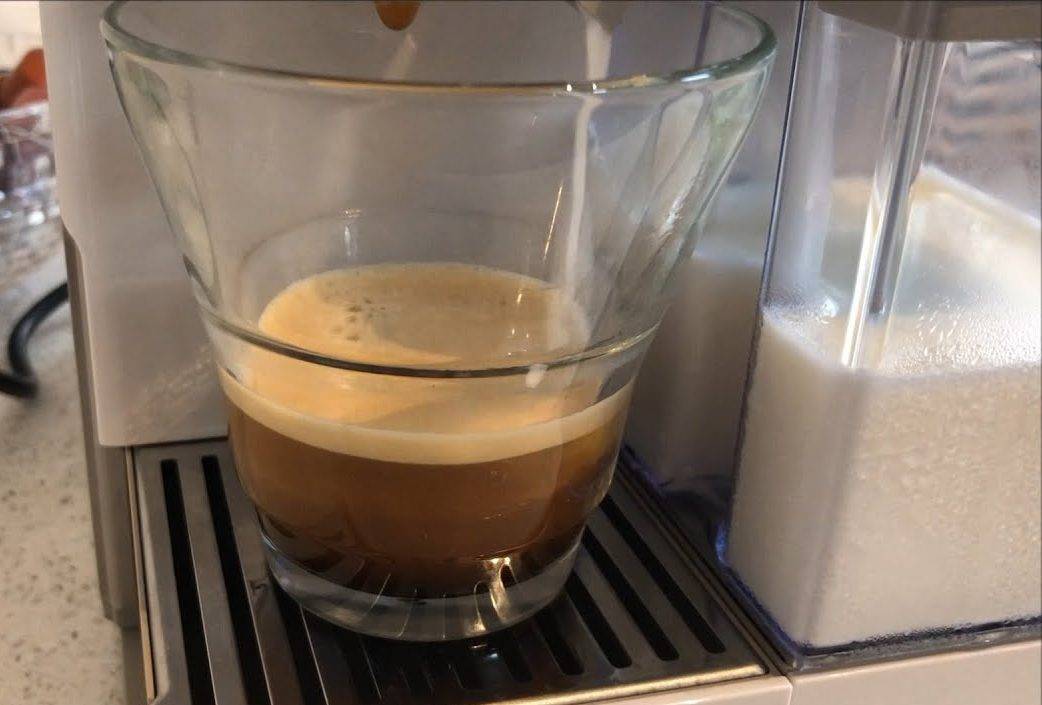If you’re wondering how to descale a Nespresso machine, you’re not alone! You’re not the only one who worries about a clogged espresso machine. Many people have problems with this, too. If you’ve ever had this problem, you know how annoying it can be to have to spend hours cleaning your machine and getting the perfect espresso every time. Fortunately, there’s a simple solution.
In order to clean your NESPRESSO machine properly, you need to mix two parts vinegar and one part water. Then, pour the solution through the machine five times. Repeat this process as often as needed. A good rule of thumb is to clean the machine at least once a week, but you can do it as often as you like. You can also purchase a special descaling kit that contains special components for cleaning a Nespresso machine.
Using a descaling solution to clean your Nespresso machine is easy and can remove limescale from the heating element. It takes less than ten minutes and does not affect your machine’s performance. After the process is finished, simply refill the water reservoir with fresh water and repeat the cycle. Then, allow your Nespresso machine to dry for at least ten minutes.
Despite its popularity, some people don’t like the smell of vinegar, and so they choose to descale their machines with other methods. The best option for this purpose is to mix a solution that contains a 50:50 proportion of water and vinegar. Afterwards, you should stir the solution for about five minutes. You should use warm water for the cleaning process. If you’d like to avoid the unpleasant odor of vinegar, use a water and baking soda mixture.
To thoroughly clean your Nespresso machine, you should first pour a small amount of vinegar into the drip tray. Next, you should fill the water reservoir with fresh water. Afterwards, you should be able to use your Nespresso machine without any problem. The process of descale your Nespresso machine is easy and it will take less than 10 minutes. Then, you should rinse the drip tray with plain water.
If you have a hard water, you should first try a vinegar solution. It is effective in removing accumulated limescale and other minerals from the inside of your Nespresso machine. However, it does have some drawbacks. Some people find the vinegar smell unpleasant and others do not like the smell of vinegar. In either case, the result is the same: the machine should be as clean as new.
The process of descaling a Nespresso machine is quite simple. To do this, you should dismantle the Nespresso coffee maker and pour the vinegar solution into the water reservoir. Then, fill the reservoir with fresh water and rerun the cycle. After the cycle, you should remove the drip tray and rinse the machine thoroughly. To prevent a mess, you can always use a commercial solution.
The first step in this process is to make a vinegar solution. It’s the most common method and will cost less than RM47 per kit. Then, follow the directions to clean the rest of the machine. Once the water is completely cleaned, you should rinse the drip tray and the water container with fresh water. Let the Nespresso machine dry before reusing it. If it’s not, you should buy a Nespresso descaling kit.
Once you’ve finished the vinegar solution, rinse the machine with fresh water. This will remove the vinegar solution and prepare it for use. After the cleaning cycle, you should make sure the machine is clean before refilling it with fresh water. If you’re using the same solution for more than one machine, you’ll need a larger amount of vinegar. This is not a very effective solution.
When it comes to de-scaling, you’ll need to add 0.5 litres of vinegar to the water. This will remove the scale and will keep the machine functioning smoothly. Then, you’ll need to clean the group head. If the cleaning solution has reached the group head, the capsule will then be broken and release the detergent. After this cleaning, you’ll need to add another 500 ml of water to the machine. This way, the de-scaling solution will dislodge any remaining particles and bacteria from the group head.

